Art By Kasuaki Iwasaki. Image From The Airbrush Book (1980) #space #astronomy #saturn

Art by Kasuaki Iwasaki. Image from The Airbrush Book (1980) #space #astronomy #saturn
More Posts from Weirdtalesanduniverse-blog and Others





R.I.P. Stephen Hawking
(all my gifs are here)

NGC 206 and the Star Clouds of Andromeda: The large stellar association cataloged as NGC 206 is nestled within the dusty arms of the neighboring Andromeda galaxy. Also known as M31, the spiral galaxy is a mere 2.5 million light-years away. NGC 206 is near top center in this gorgeous close-up of the southwestern extent of Andromedas disk, a remarkable composite of data from space and ground-based observatories. The bright, blue stars of NGC 206 indicate its youth. In fact, its youngest massive stars are less than 10 million years old. Much larger than the open or galactic clusters of young stars in the disk of our Milky Way galaxy, NGC 206 spans about 4,000 light-years. Thats comparable in size to the giant stellar nurseries NGC 604 in nearby spiral M33 and the Tarantula Nebula, in the Large Magellanic Cloud. Star forming sites within Andromeda are revealed by the telltale reddish emission from clouds of ionized hydrogen gas. via NASA
js
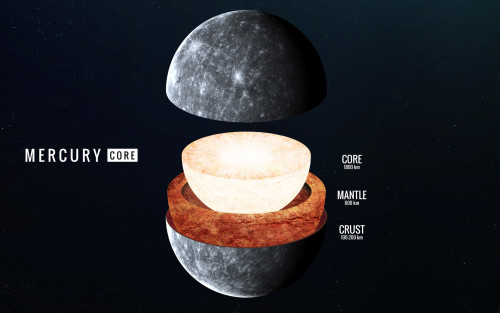
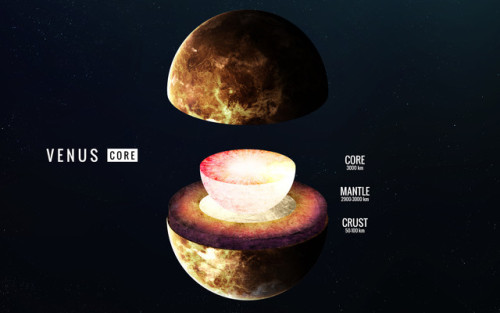

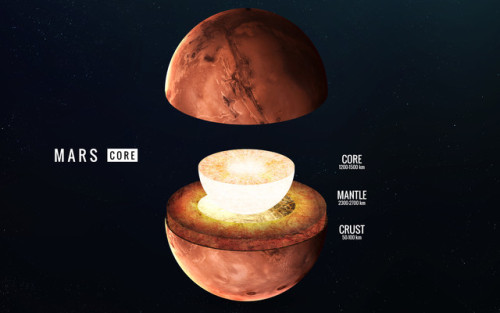
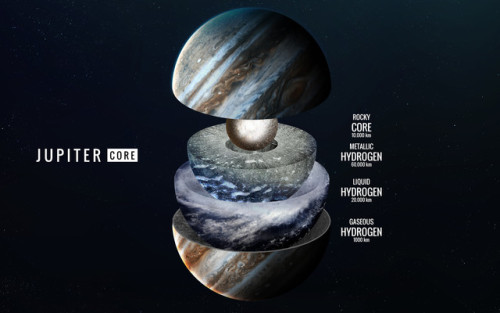
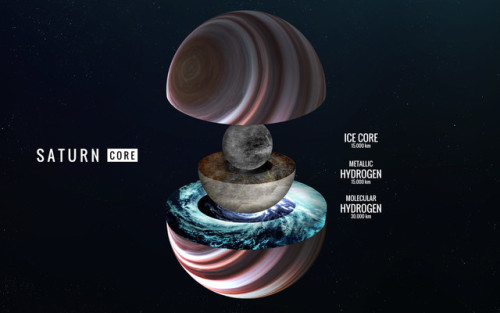
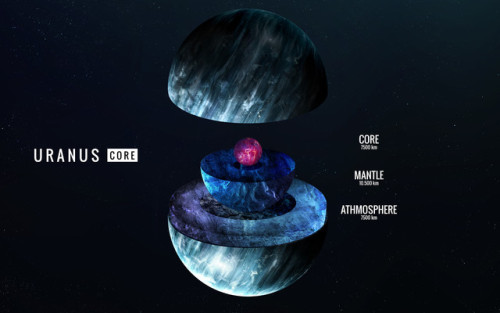
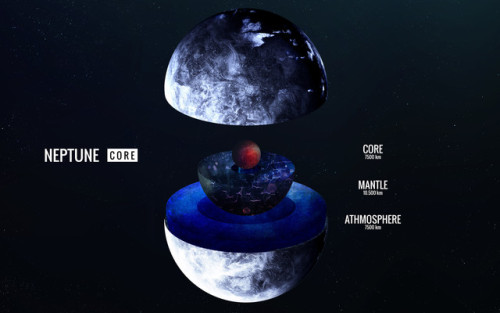
Inside - Vadim Sadovski




saturnz barz / we got the power / ascension / andromeda
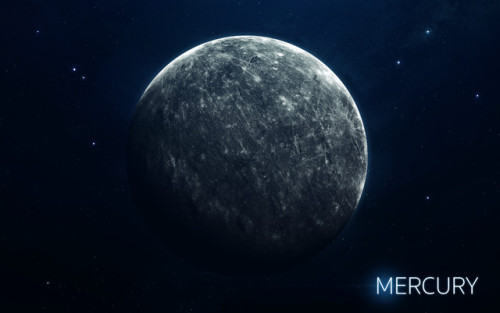
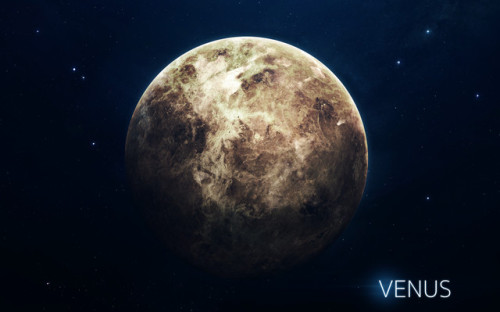
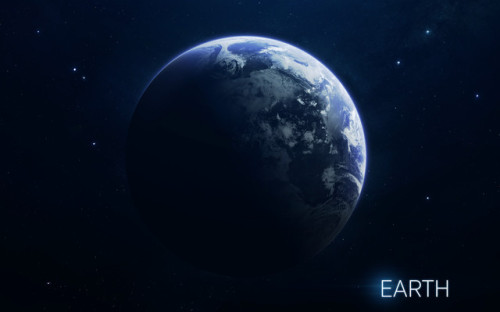
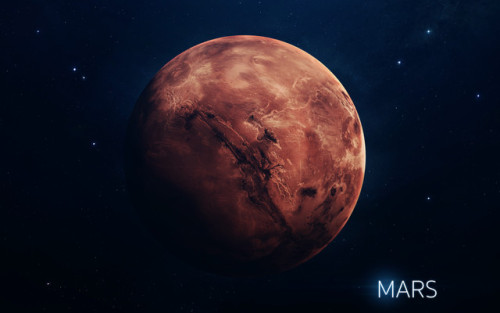
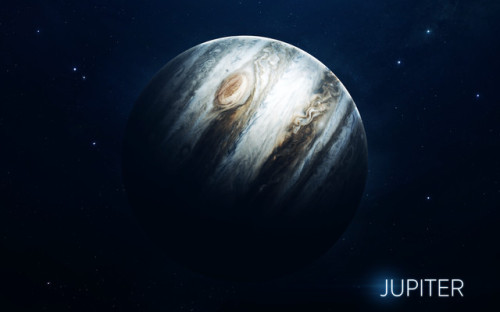

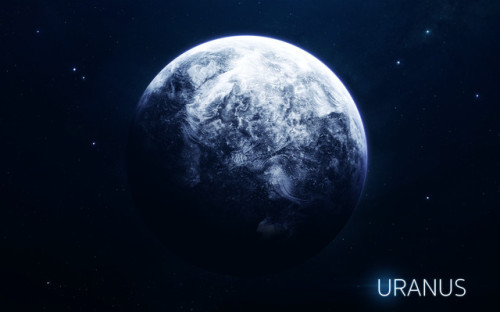
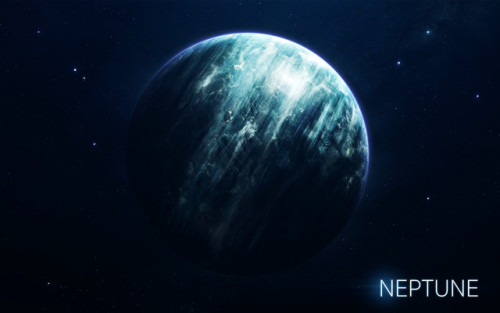
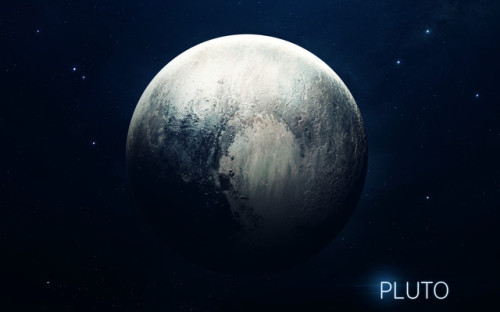
Berries - Vadim Sadovski

Saturn and Luna

Few stars are visible such as the Andromeda galaxy. But the majority of the stars that you can observe with the naked eye are in this small area of the Milky Way.

A day on Neptune is just 16 hours long
Image credit: Oscar Malet
-
 shekelesh-z liked this · 3 months ago
shekelesh-z liked this · 3 months ago -
 ewmoji reblogged this · 5 months ago
ewmoji reblogged this · 5 months ago -
 lost-poets-poetry reblogged this · 1 year ago
lost-poets-poetry reblogged this · 1 year ago -
 lost-poets-poetry liked this · 1 year ago
lost-poets-poetry liked this · 1 year ago -
 dongjawnsilver liked this · 1 year ago
dongjawnsilver liked this · 1 year ago -
 oihvgci liked this · 1 year ago
oihvgci liked this · 1 year ago -
 fishcliff liked this · 1 year ago
fishcliff liked this · 1 year ago -
 mato-najin222 liked this · 1 year ago
mato-najin222 liked this · 1 year ago -
 pasha-71 liked this · 1 year ago
pasha-71 liked this · 1 year ago -
 pasha-71 reblogged this · 1 year ago
pasha-71 reblogged this · 1 year ago -
 leitharstjarna liked this · 1 year ago
leitharstjarna liked this · 1 year ago -
 somepansypinkcolor reblogged this · 2 years ago
somepansypinkcolor reblogged this · 2 years ago -
 major-x-blog liked this · 2 years ago
major-x-blog liked this · 2 years ago -
 l1o8 reblogged this · 2 years ago
l1o8 reblogged this · 2 years ago -
 brevemasinfinita reblogged this · 2 years ago
brevemasinfinita reblogged this · 2 years ago -
 nursetorture reblogged this · 2 years ago
nursetorture reblogged this · 2 years ago -
 zigzacube reblogged this · 2 years ago
zigzacube reblogged this · 2 years ago -
 arkanode liked this · 2 years ago
arkanode liked this · 2 years ago -
 neuvirtualoasis reblogged this · 2 years ago
neuvirtualoasis reblogged this · 2 years ago -
 buzzzz1964 reblogged this · 2 years ago
buzzzz1964 reblogged this · 2 years ago -
 buzzzz1964 liked this · 2 years ago
buzzzz1964 liked this · 2 years ago -
 realathenaqueen reblogged this · 2 years ago
realathenaqueen reblogged this · 2 years ago -
 tresdvir liked this · 2 years ago
tresdvir liked this · 2 years ago -
 dbretz76db liked this · 2 years ago
dbretz76db liked this · 2 years ago -
 tierro-cosmico liked this · 2 years ago
tierro-cosmico liked this · 2 years ago -
 bubblegumdefect reblogged this · 2 years ago
bubblegumdefect reblogged this · 2 years ago -
 bubblegumdefect liked this · 2 years ago
bubblegumdefect liked this · 2 years ago -
 xetalia reblogged this · 2 years ago
xetalia reblogged this · 2 years ago -
 xetalia liked this · 2 years ago
xetalia liked this · 2 years ago -
 iamthe3rdrevelation liked this · 2 years ago
iamthe3rdrevelation liked this · 2 years ago -
 intrepidenigma reblogged this · 2 years ago
intrepidenigma reblogged this · 2 years ago -
 intrepidenigma liked this · 2 years ago
intrepidenigma liked this · 2 years ago -
 chaoticallybalanced reblogged this · 2 years ago
chaoticallybalanced reblogged this · 2 years ago -
 chuckfurious liked this · 2 years ago
chuckfurious liked this · 2 years ago -
 boyinshorts88 liked this · 2 years ago
boyinshorts88 liked this · 2 years ago -
 breakdownbae reblogged this · 2 years ago
breakdownbae reblogged this · 2 years ago -
 toasterpoker liked this · 2 years ago
toasterpoker liked this · 2 years ago -
 thecyberiaclub reblogged this · 2 years ago
thecyberiaclub reblogged this · 2 years ago -
 nunorosa liked this · 2 years ago
nunorosa liked this · 2 years ago -
 allanodyne liked this · 2 years ago
allanodyne liked this · 2 years ago
66 posts
